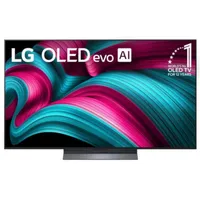5 Common Mistakes People Make When Buying a New TV (and How to Avoid Them)
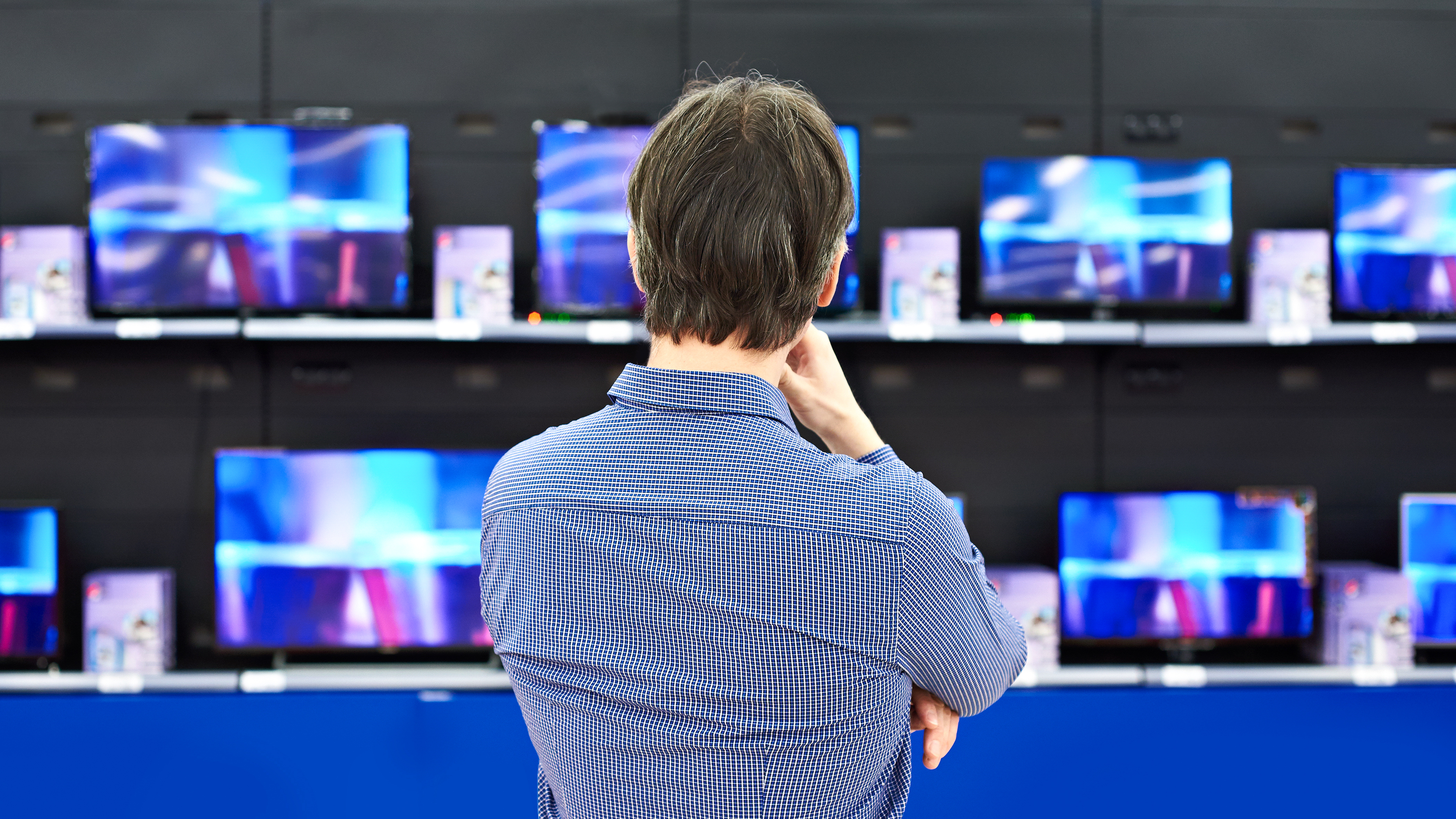
It is totally understandable to be intimidated by the prospect of buying a new TV.
I’ve been in the TV-testing business for over a decade, and I even find myself mixing up terms, specifications, and model names. This industry is stuffed to the brim with jargon, and juggling all of it while trying your best not to overspend turns what should be a fun decision into a stressful one.
I may not be able to stand with you in the aisle of a Best Buy and guide you toward the best TV for your home, but I can help you avoid five mistakes people often make when buying a TV.
1. Choosing the wrong TV size
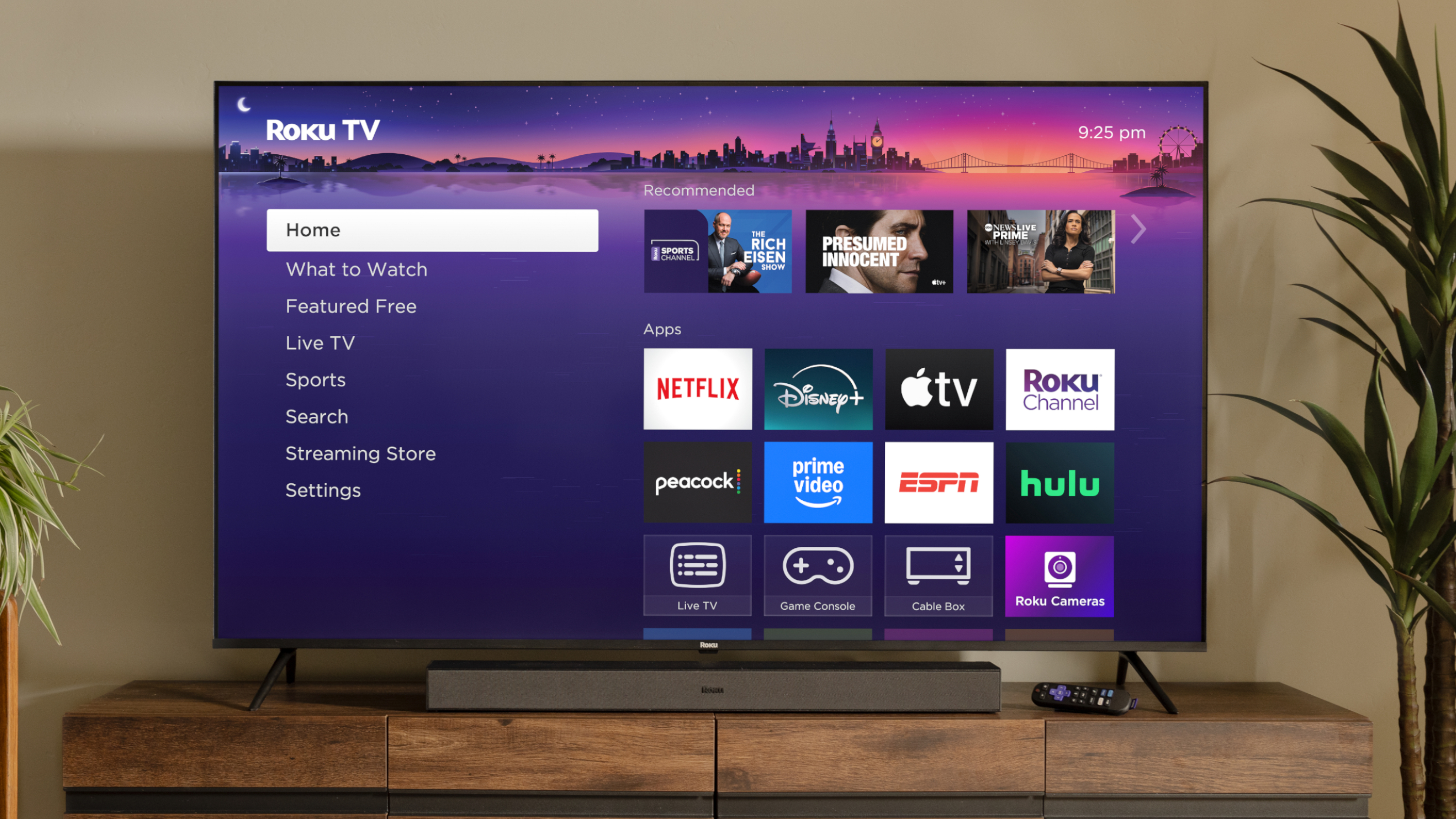
It's easy enough to see how someone might accidentally buy a TV that's too small for their space. Relatively speaking, smaller TVs tend to carry lower price tags, which can be an attractive quality if your priority is keeping costs down.
There is such thing as a TV that's too big.
It's tougher to see how someone might accidentally buy a TV that's too big for their home. I suspect this has something to do with an underlying assumption that bigger always equals better when it comes to screens.
But there is such a thing as a TV that's too big, and it mostly comes down to one thing: viewing distance.
Fortunately, we've already done some back-of-the-napkin math for anyone trying to figure out how to choose a TV size.
Distance from TV | Minimum screen size | Sweet Spot | Maximum screen size |
|---|---|---|---|
Between 2 and 3 feet | 25 inches | 32 inches | 40 inches |
Between 4 and 5 feet | 30 inches | 48 inches | 55 inches |
Between 6 and 7 feet | 55 inches | 65 inches | 75 inches |
Between 8 and 9 feet | 65 inches | 75 inches | 85 inches |
Between 10 and 12 feet | 75 inches | 85 inches | 98 inches |
2. Settling for a TV that’s too cheap
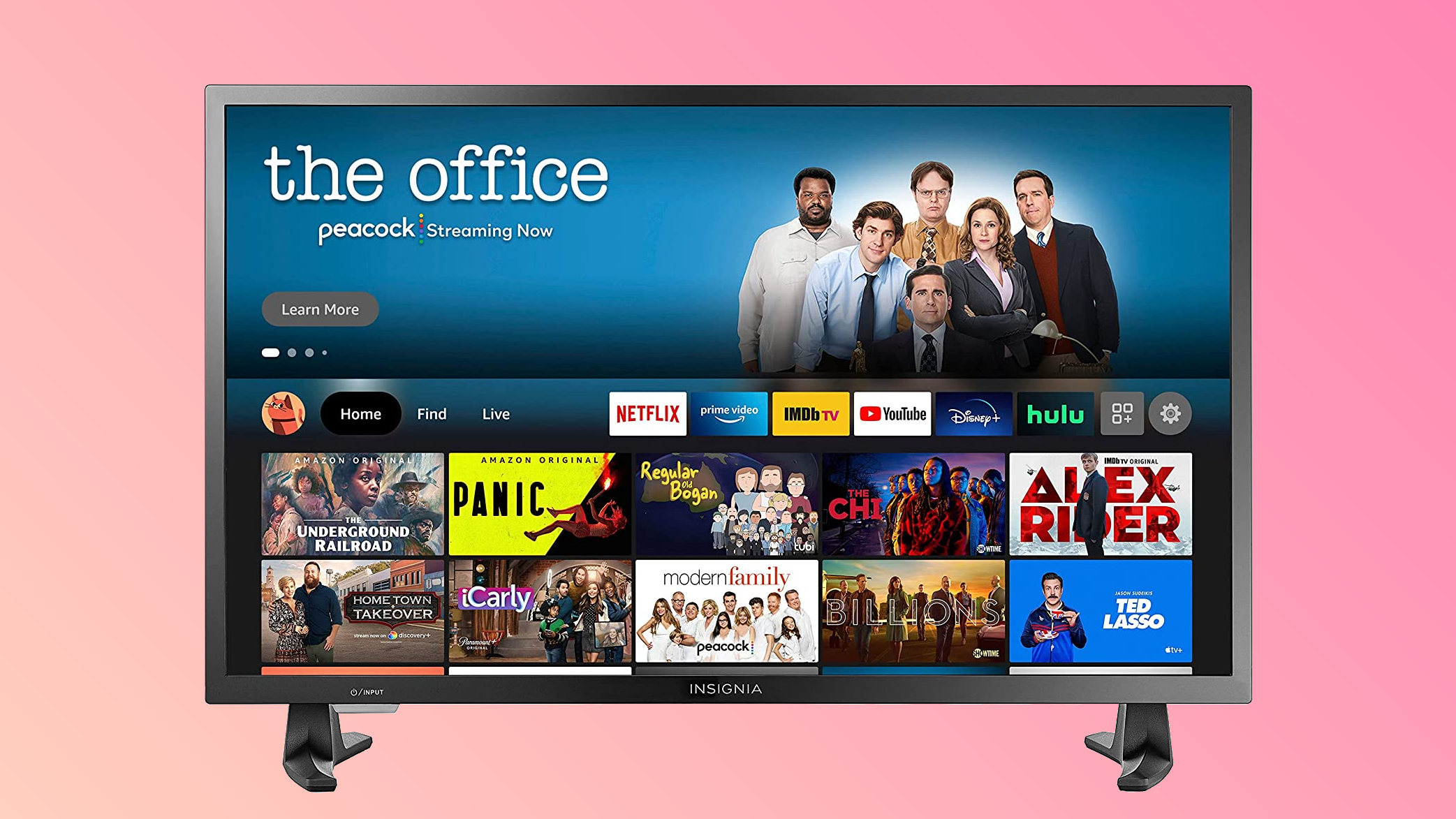
Unless you need to spend as little as possible on a TV, I highly recommend avoiding ultra-cheap models from brands like Insignia, Onn and Westinghouse.
Get instant access to breaking news, the hottest reviews, great deals and helpful tips.
Some of these brands are owned by big-name retailers whose aim is to churn out dirt-cheap TVs at highly accessible price points. There's nothing inherently wrong with this business practice, but in my experience, these ultra-affordable TVs might save you $50 to $100, but it’s not worth the savings if they’re unreliable.
And, one of the primary ways in which these super-cheap TVs can let you down is with lackluster hardware. This brings me to one of the biggest mistakes folks can make while shopping for a TV: buying the wrong type.
3. Choosing the wrong type of TV
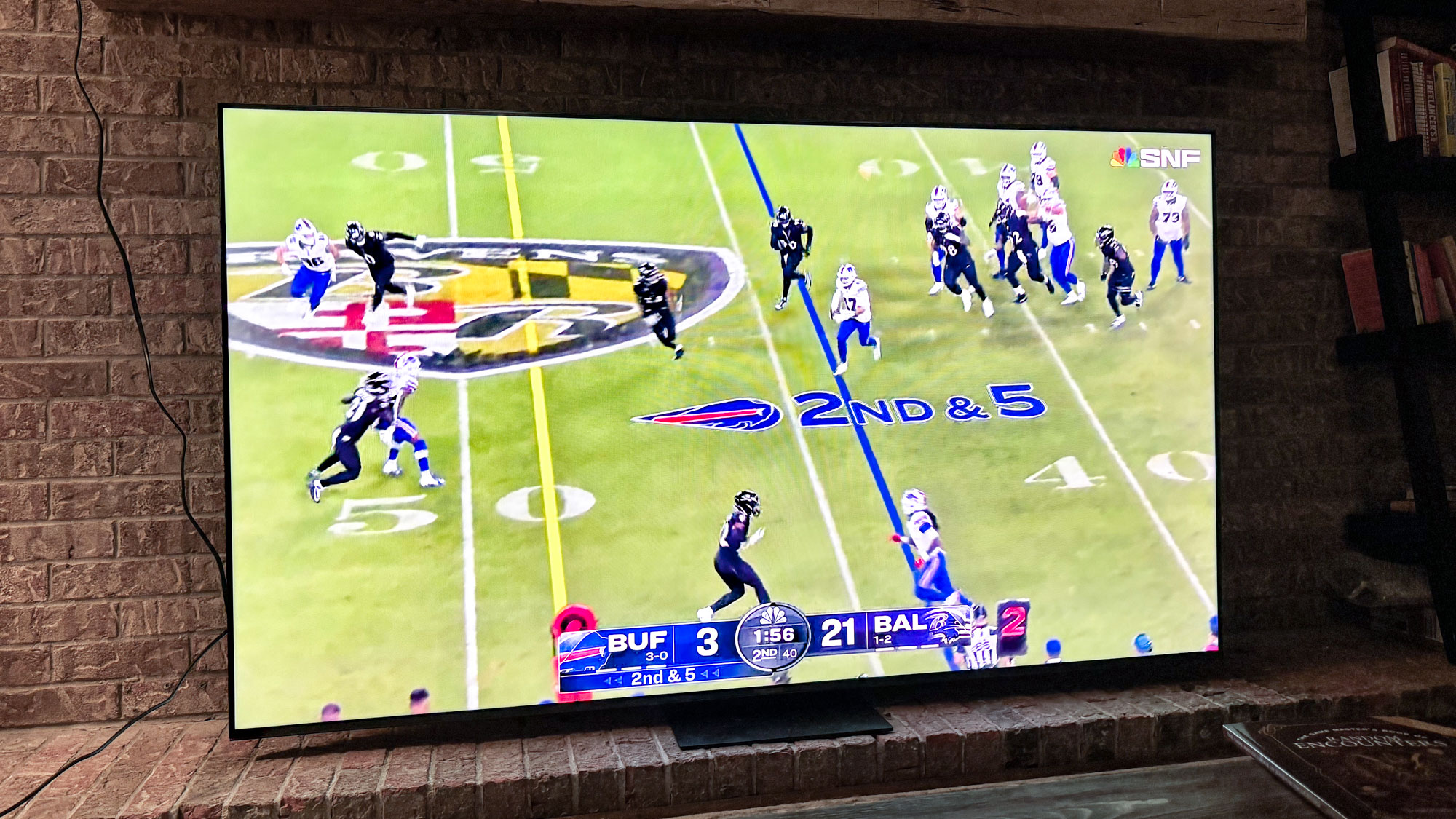
If you're not keen on spending up for one of the best OLED TVs available, you'll find yourself choosing between a garden-variety LED TV, a QLED or a Mini-LED TV.
Of these TV types, basic LED TVs are typically the most affordable. Their display technology is the most rudimentary of the ones listed above, and their overall brightness is quite limited.
If you intend on sticking with the affordability of an entry-level LED TV, I recommend avoiding TVs with edge-lit displays. These are exactly what they sound like: displays that are illuminated from the edges rather than behind the picture.
More often than not, edge lighting results in a dim, flat-looking picture. Fortunately, it’s not hard to avoid them. Keep an eye out for terms like “backlighting,” “direct LED," and “full-array LED," as these terms describe backlit panels.
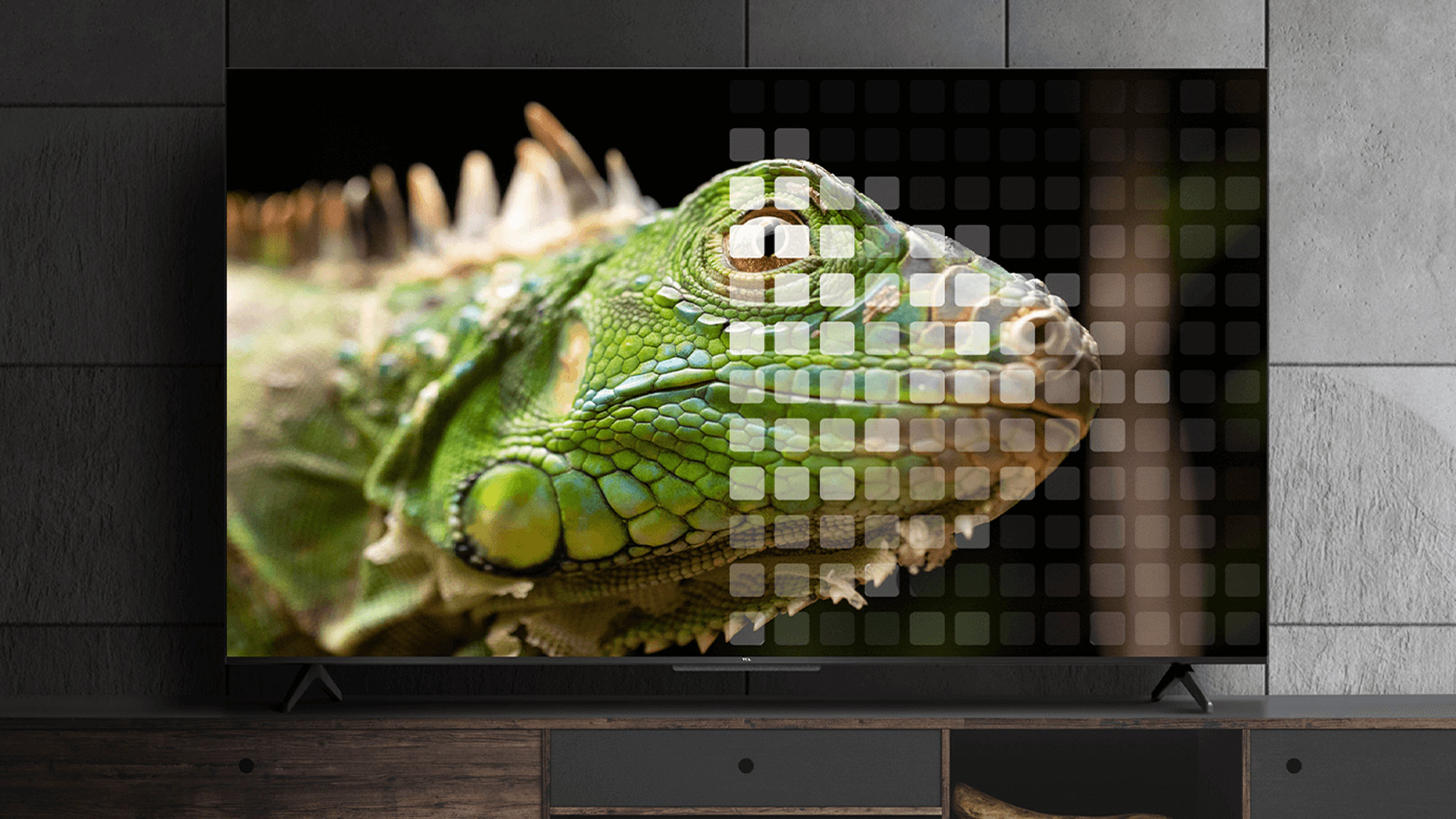
QLED TVs are LED TVs that leverage quantum dots. These are nanocrystals that boost color brightness, and in recent years, QLED TVs have fallen sharply in price. This is good news for TV shoppers.
Mini-LED TVs represent the best LED-driven performance available to most people. These TVs usually come with quantum dots, and they're LED backlights are much smaller than standard LEDs. This allows for better brightness and contrast control than what you'll usually find on regular LED TVs.
So, to recap: Avoid edge-lit TVs. If you have your sights on a budget-friendly model, make sure it's rocking a backlight. Quantum dot-enhanced color is a very nice perk to have, too.
If you're looking for a bright screen to overcome ambient light, you ought to start with Mini-LED TVs.
4. Neglecting HDMI 2.1
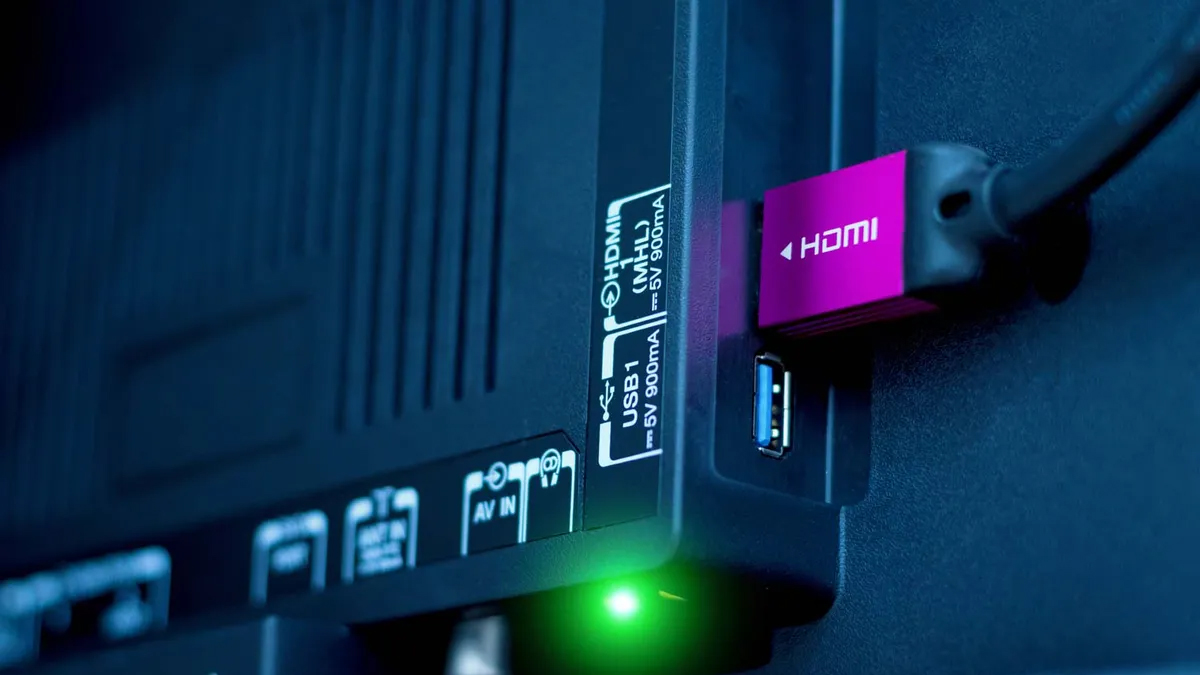
If you own at least one current-generation console and want to make the most of it, be sure that your TV of choice comes with at least one HDMI 2.1 port.
Among other benefits, HDMI 2.1 allows 4K TVs with 120Hz refresh rates to showcase 4K titles at 120fps. There are more features enabled by the spec, too, when you compare HDMI 2.0 and HDMI 2.1.
Typically, TVs that do offer HDMI 2.1 compatibility will offer at least a pair of these inputs. High-end TVs often arrive with four of them.
If you're saving money by shopping for a TV with a 60Hz refresh rate, HDMI 2.1 is not quite as important, as the TV itself won't be able to display a 4K signal above 60Hz, something an HDMI 2.0 input can already handle.
5. Buying a new TV at full MSRP

I regularly remind folks that TVs are similar to cars: The newest models are the most expensive. And, just like cars, newer TV models fall in price the further into their shelf life you wait.
This is why I recommend not just waiting for major sales events, but waiting deeper into the calendar year in general before pulling the trigger on a new TV.
Take the recently released LG C5 OLED. After we tested it, this five-star set was in the running for best TV of the year, even though the 55-inch model initially hit shelves for around $2,000.
As of right now, the 55-inch LG C5 is just $1,296 at Amazon. In a matter of months, it plummeted by over $700.
The LG C5 OLED received our highest possible rating of five stars thanks to its incredible picture quality, its sleek design and an array of extra features that includes four HDMI 2.1 inputs. It's well below the cost of a top-shelf TV, but you're getting top-shelf performance nonetheless. I can't recommend it enough.
Generally speaking, outside of sales events, the best time to buy a TV is between September and December, with holiday-related discounts often stretching into the new year.
This doesn't mean you're guaranteed a better deal on a TV if you buy it in November instead of July, but the likelihood is much higher that the regular, non-sale price of that TV will be lower the longer it's been on shelves.
If you take steps to avoid these common TV-shopping mistakes, you're far less likely to feel frustrated by the process. More importantly, you're less likely to end up with a TV you don't appreciate.
Follow Tom's Guide on Google News to get our up-to-date news, how-tos, and reviews in your feeds. Make sure to click the Follow button.
More from Tom's Guide

Michael Desjardin is a Senior Editor for TVs at Tom's Guide. He's been testing and tinkering with TVs professionally for over a decade, previously for Reviewed and USA Today. Michael graduated from Emerson College where he studied media production and screenwriting. He loves cooking, zoning out to ambient music, and getting way too invested in the Red Sox. He considers himself living proof that TV doesn't necessarily rot your brain.
You must confirm your public display name before commenting
Please logout and then login again, you will then be prompted to enter your display name.
